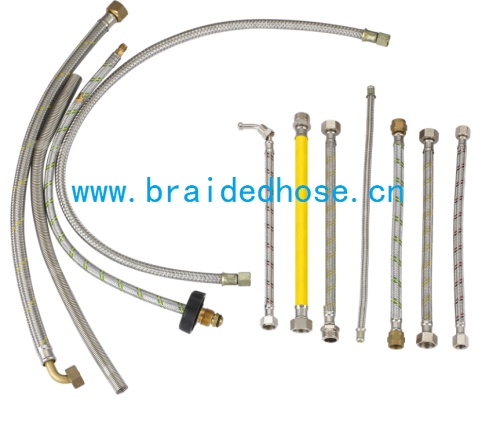
Most Popular
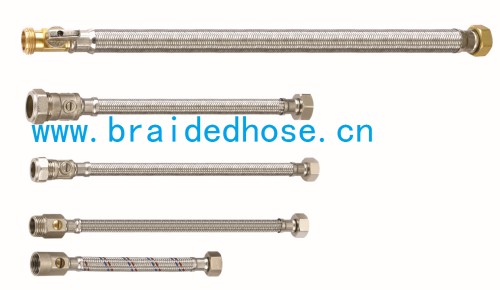 Metal Hose
Metal Hose
A metal hose is a flexible metal line element. There are two ...
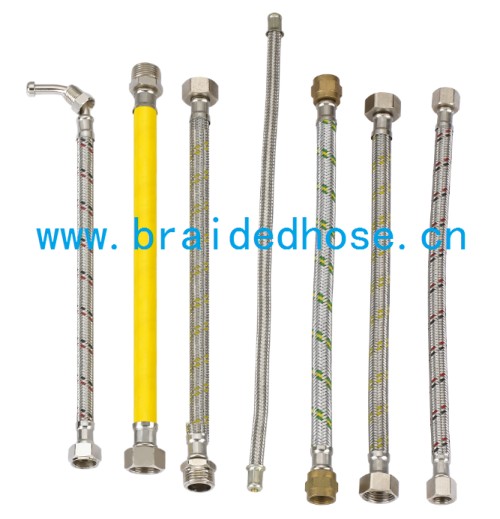 Timothy Holding Braided Hose
Timothy Holding Braided Hose
Timothy Holding Braided Hose specialized in producing metal hose / braided hose / flexible hose for ...
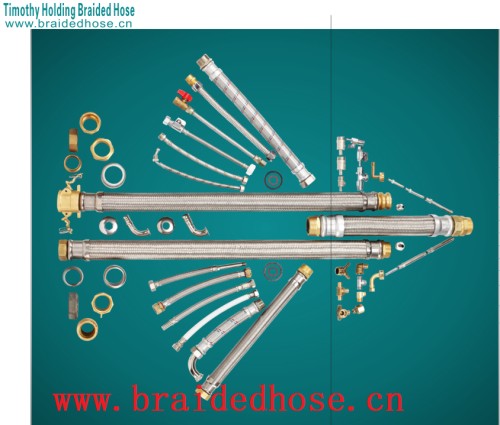 Flexible Hoses
Flexible Hoses
Flexible Hoses are hose-related parts that are resistant to bending, ...
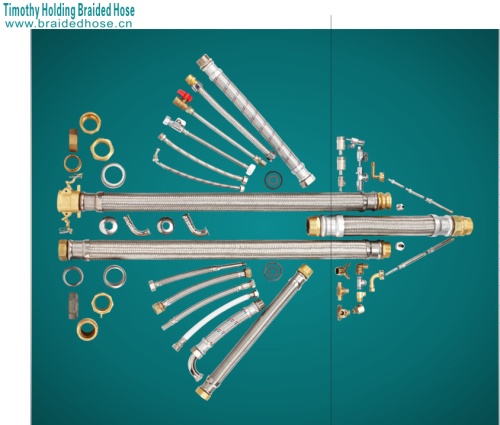
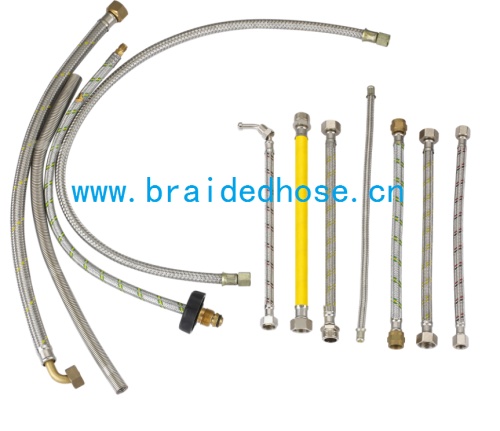
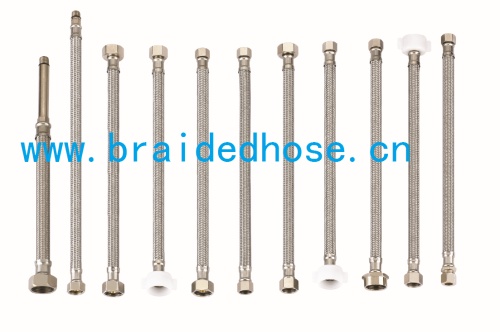 Plumbing Hoses , http://www.braidedhose.cn/en
Plumbing Hoses , http://www.braidedhose.cn/enFlexible Hoses for Gas
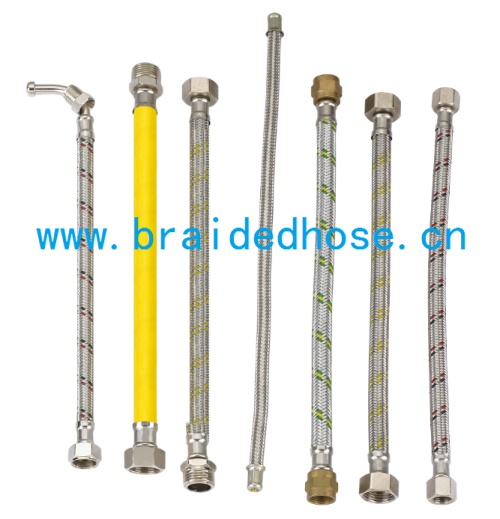
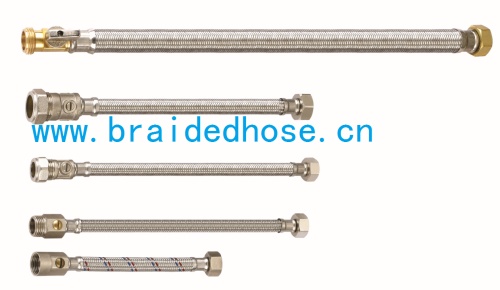
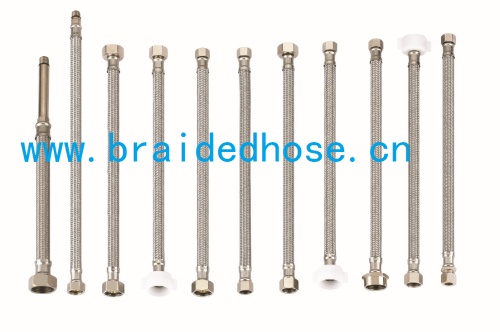 Flexible Hoses for Gas , http://www.braidedhose.cn/en/
Flexible Hoses for Gas , http://www.braidedhose.cn/en/Flexible Hoses for Oil
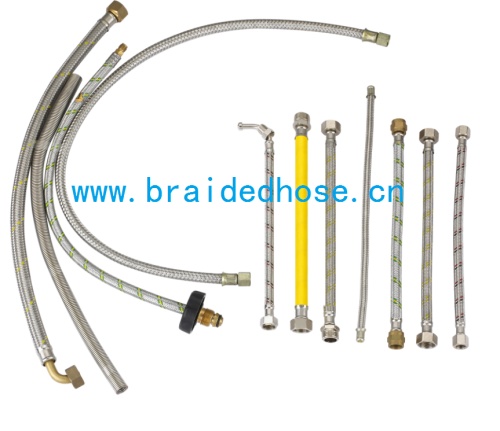
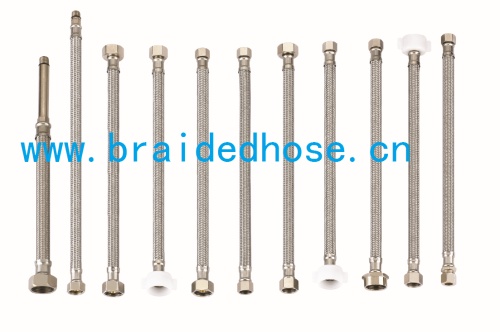
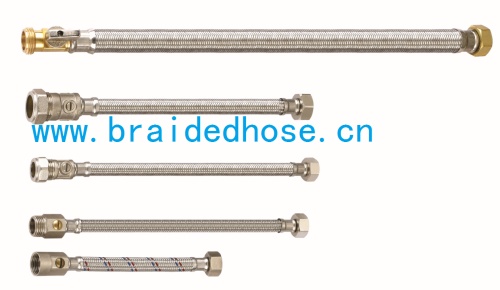 Flexible Hoses for Oil , http://www.braidedhose.cn/en/
Flexible Hoses for Oil , http://www.braidedhose.cn/en/Flexible Hoses for Water
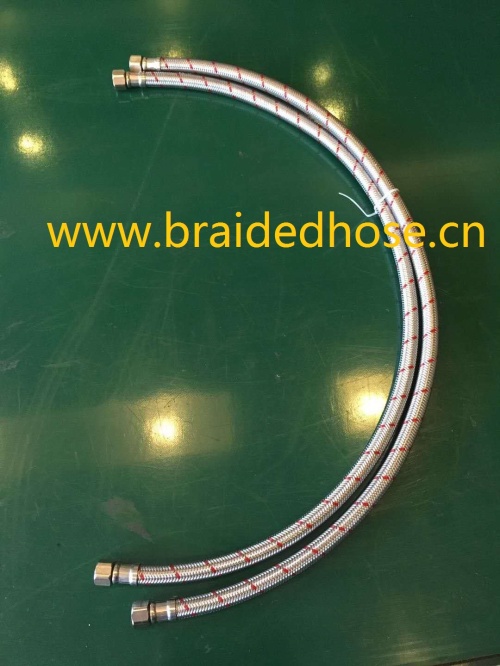
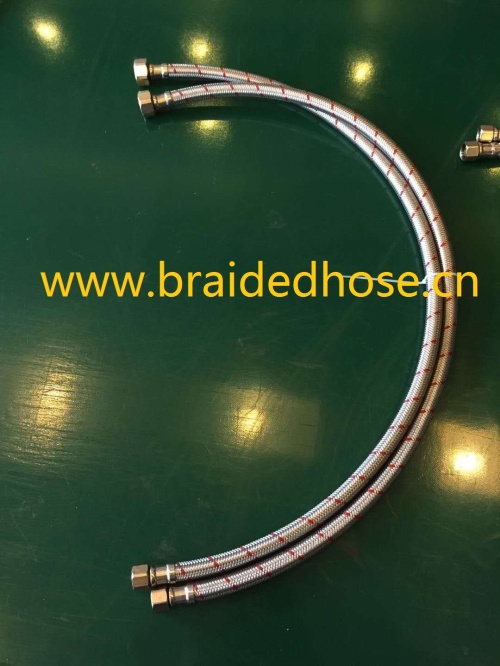
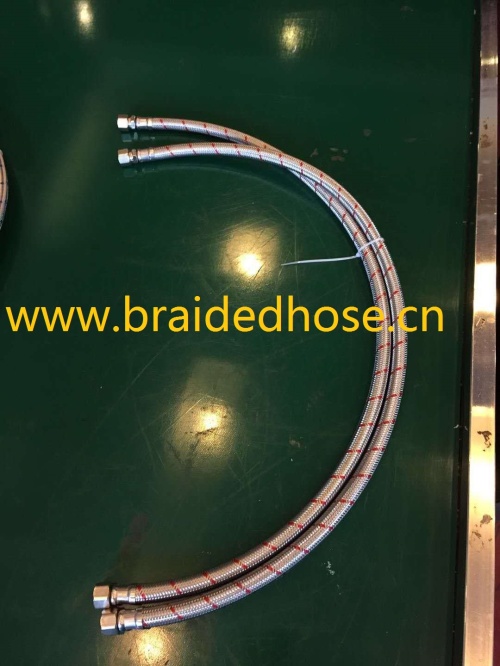 Flexible Hoses for Water , http://www.braidedhose.cn/en/
Flexible Hoses for Water , http://www.braidedhose.cn/en/Flexible Hoses
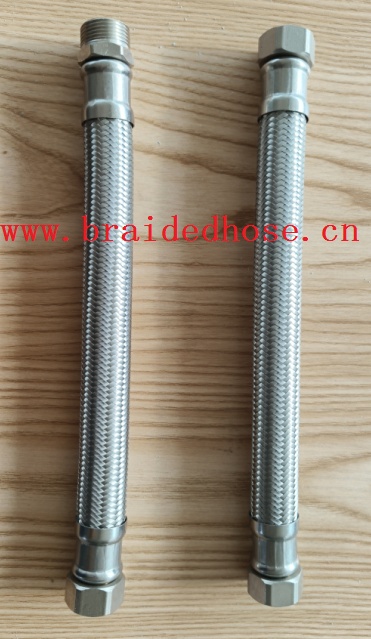
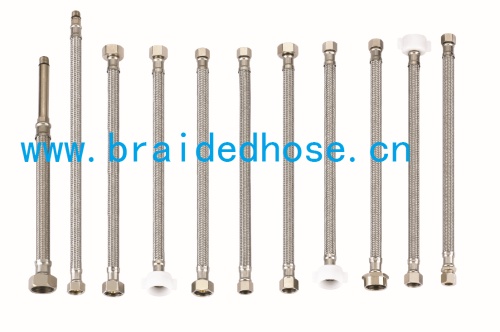
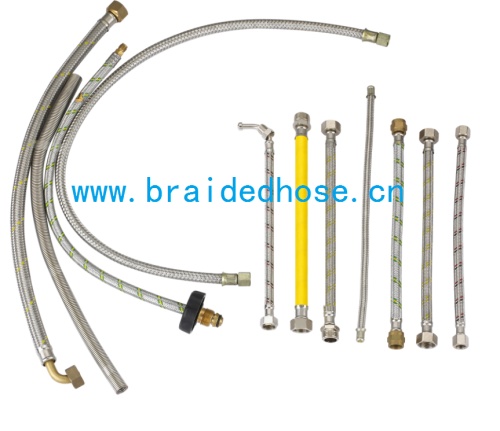 Flexible Hoses for water ,gas ,oil ,pump ,www.braidedhose.cn
Flexible Hoses for water ,gas ,oil ,pump ,www.braidedhose.cnPlumbing Hoses (Plumbing Hoses.pdf)
Flexible Hose For Water (Flexible Hose For Water.pdf)
Flexible Hose For Water (Flexible Hose For Water.pdf)
Flexible Hose For Oil (Flexible Hose For Oil.pdf)
Flexible Hoses (Flexible Hoses.pdf)
Quick Joint Hose (Quick Joint Hose.pdf)
Flexible Hose For Gas (Flexible Hose For Gas.pdf)



Metal Hose

A metal hose is a flexible metal line element. There are two basic types of metal hose that differ in their design and application: stripwound hoses and corrugated hoses. Stripwound hoses have a high mechanical strength (e.g. tensile strength and tear strength). Corrugated hoses can withstand high pressure and provide maximum leak tightness on account of their material. Corrugated hosesalso exhibit corrosion resistance and pressure tightness under the most extreme conditions, such as in aggressive seawater or at extreme temperatures such as found in space or when transporting cooled liquid gas. They are particularly well suited for conveying hot and cold substances. With a history of more than one hundred years, metal hoses have given rise to other flexible line elements, including metal expansion joints, metal bellows and semi-flexible and flexible metal pipes. In Germany alone, there are about 3500 patents relating to metal hoses.
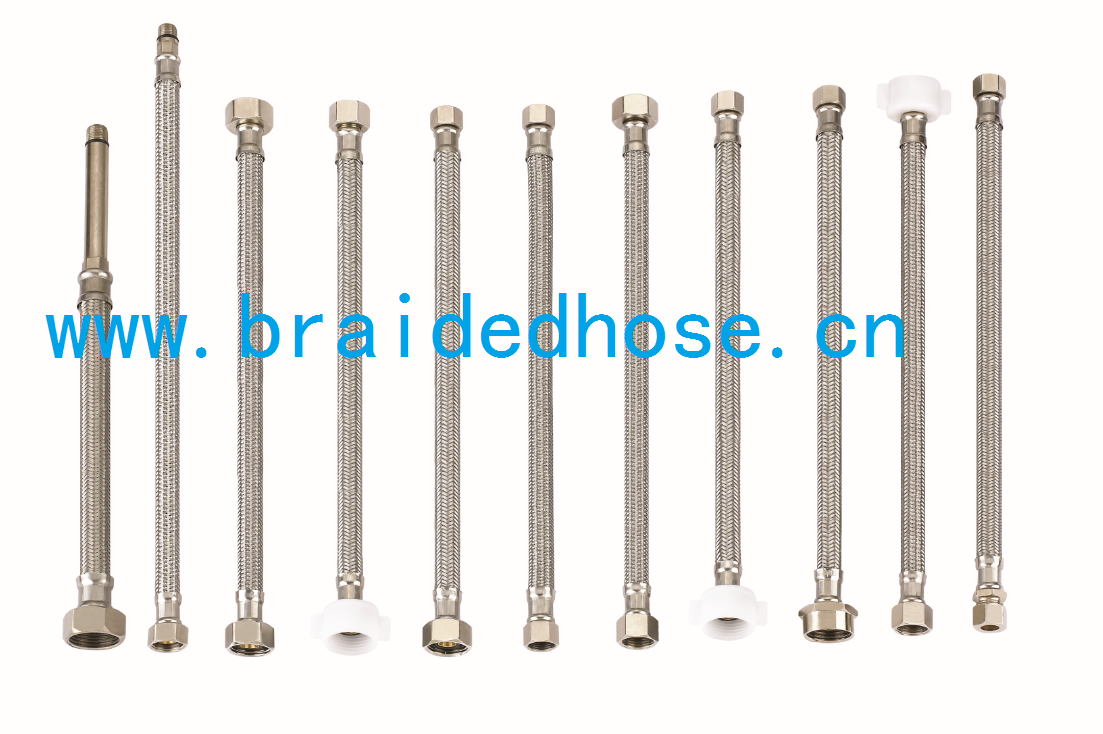
The first metal hose was technically a stripwound hose. It was invented in 1885 by the jewellery manufacturer Heinrich Witzenmann (1829–1906) of Pforzheim, Germany, together with the French engineer Eugène Levavassèur. The hose was modelled after the goose throat necklace, a piece of jewellery that consisted of interlacing metal strips. The original design of the hose was based on a helically coiled metal strip with an S-shaped profile. The profile interlocked along the windings of the helical coil. Due to a cavity between the interlocking profiles, this did not create a tight fit. The cavity was sealed by means of a rubber thread.
The result was a permanently flexible, leak-tight steel body of any length and diameter with a high mechanical strength. In France it was patented on 4 August 1885 with the patent number 170 479, and in Germany on 27 August 1885 with the German Reichspatent No. 34 871.
From 1886 to 1905, Heinrich Witzenmann continued to develop numerous noteworthy profiles for hose production which are still of technical significance today. In 1894, he registered a patent for the double metal hose consisting of two coaxialmetal hoses twisted in opposite directions. Further modifications of the original form focused on the use of different hose materials and different substances for the thread seal, including rubber, textile threads, asbestos and wire.
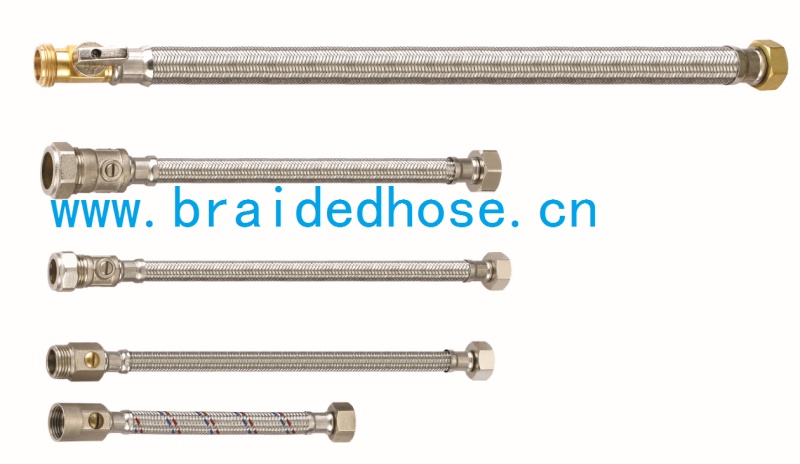
An important variant of the metal hose can be attributed to the inventor Siegfried Frank of Frankfurt, Germany. In 1894, he patented the method of rolling a helical corrugation into a smooth rigid pipe. Heinrich Witzenmann had already made experiments in this direction several years earlier, but did not continue his efforts to create a patentable result. It wasn't until the twenties and thirties of the 20th century that the hotel administrator Albert Dreyer of Lucerne, Switzerland, succeeded in creating a satisfactory annular corrugation for the manufacture of metal corrugated hoses.